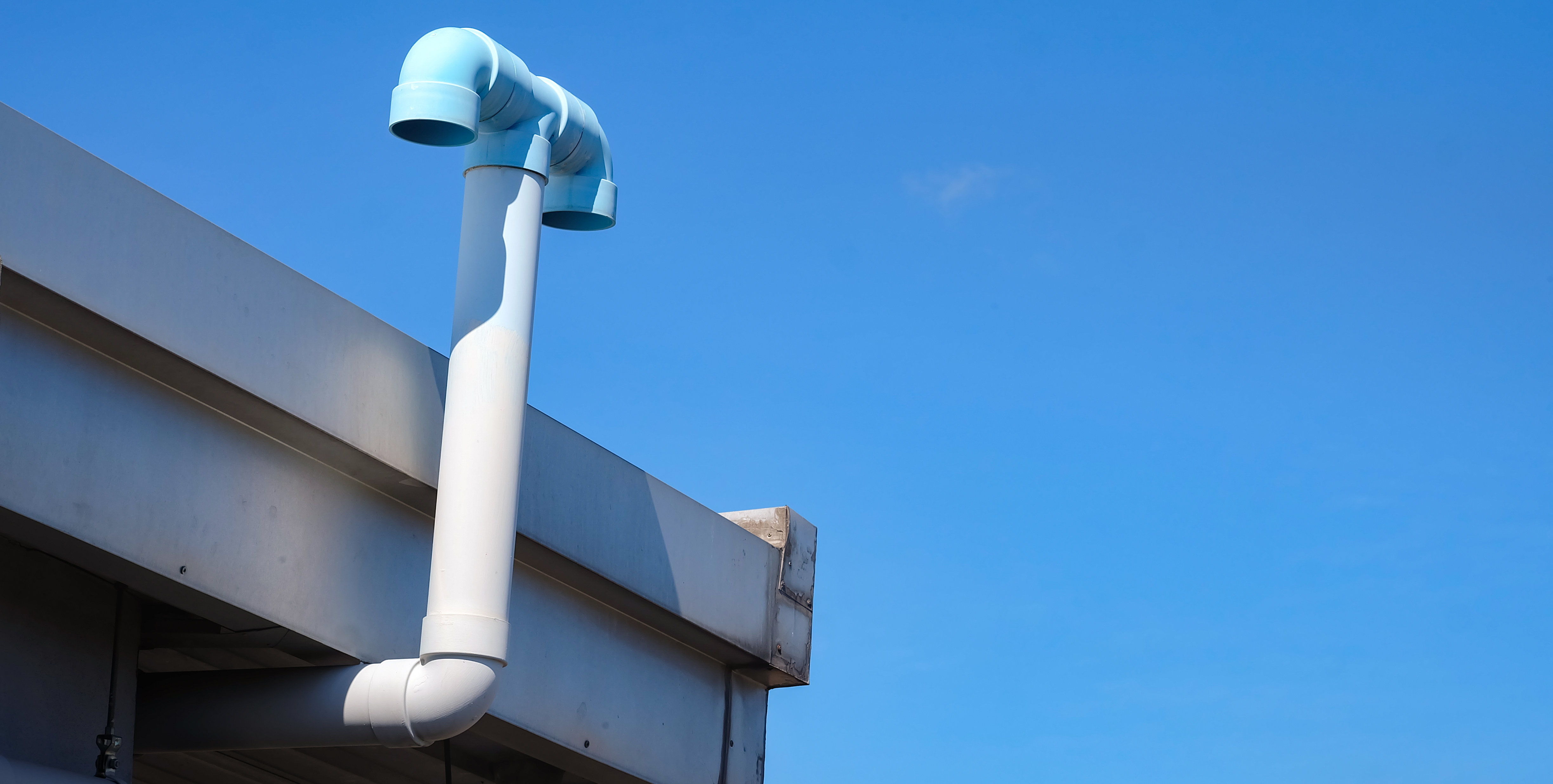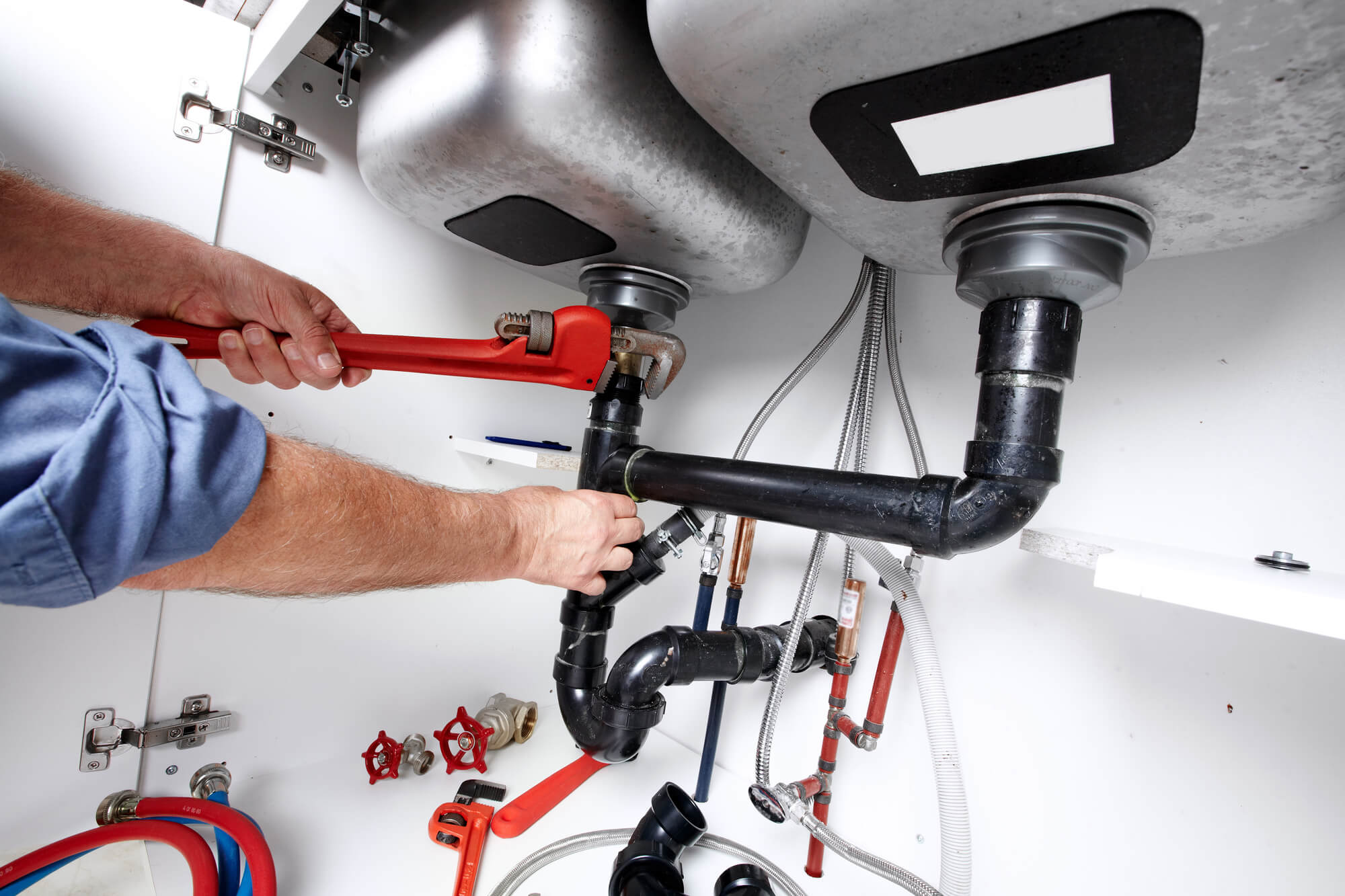Grasping the Essentials of Home Plumbing: A Beginner's Handbook
Grasping the Essentials of Home Plumbing: A Beginner's Handbook
Blog Article
The publisher is making several great pointers related to How Does the Plumbing Work in Your Home? as a whole in this content directly below.

Plumbing is a necessary element of any home, in charge of providing clean water for drinking, cooking, and bathing, as well as eliminating wastewater securely. Comprehending the essentials of home plumbing is essential for every single property owner to ensure appropriate maintenance, troubleshooting, and, if necessary, repairs. In this newbie's guide, we'll cover the essential principles of home plumbing to help you come to be a lot more aware of exactly how it functions.
Water Furnace
The water heating system is responsible for heating water for residential use, including showering, cooking, and cleansing. Common kinds of water heaters consist of tank-type hot water heater, tankless (on-demand) hot water heater, and heatpump hot water heater. The water heater is attached to the water system and delivers warm water to plumbing components as needed.
Water drainage System
The drain system gets rid of wastewater from your home and brings it away to a sewer treatment facility or septic system. It contains a network of pipes, installations, and fixtures that carry wastewater from plumbing components to the major sewer line or septic tank. Appropriate drainage is essential to avoid clogs, backups, and sewage leaks.
Air flow System
The ventilation system helps keep appropriate atmospheric pressure and avoid drain gases from entering your home. Vent pipelines, additionally called air vent stacks, prolong from plumbing fixtures to the roofing, enabling drain gases to run away safely outdoors. Air flow pipelines additionally permit air to get in the water drainage system, promoting smooth wastewater circulation and avoiding suction or vacuum results.
Water System
The water system system brings tidy water right into your home from a community water source or an exclusive well. It includes a main water line that attaches to your home's plumbing system, normally located underground. A water meter measures the quantity of water taken in, while a shut-off shutoff enables you to control the circulation of water into your home.
Plumbing Fixtures
Plumbing components are devices that supply water to different parts of your home and include sinks, faucets, bathrooms, showers, bathtubs, and devices such as dishwashing machines and washing makers. Each fixture is attached to the supply of water system via pipelines and fittings and might have its shut-off valve for upkeep or emergencies.
Usual Plumbing Tools
Having the right devices on hand is crucial for doing basic plumbing repair work and maintenance tasks. Typical plumbing devices include flexible wrenches, monkey wrench, pliers, pipeline cutters, hacksaws, plungers, augers (or drain serpents), and Teflon tape. Having these tools readily available can help you tackle minor plumbing problems effectively.
Basic Plumbing Repairs
While some plumbing repairs might need expert help, several common issues can be resolved with fundamental DIY methods. Discovering just how to repair a leaky faucet, unblock a drainpipe, change a toilet flapper, or repair a leaking showerhead can conserve you money and time on plumbing fixings.
Final thought
Understanding the essentials of home plumbing is important for every house owner to maintain a safe, practical, and efficient plumbing system. By acquainting on your own with the water system, plumbing components, drainage system, ventilation system, usual plumbing tools, and basic repair work, you can with confidence attend to minor plumbing issues and guarantee your home's plumbing system runs efficiently.
Understanding Basics of Home Plumbing System: A Beginner's Guide
The Main Components of Your Home Plumbing System
The Water Supply System
This system is responsible for transporting fresh water into your home. It usually has a main water line that splits into two branches: one directed towards cold water services and the other connected to a water heater for hot water. The pressure is key here; it ensures water reaches all parts of your house.
The Drainage System
Once water has been used, it becomes wastewater that needs to be removed from your home. This is where the drainage system comes into play. It includes all the pipes that carry wastewater and sewage away from your house to sewage treatment facilities or septic tanks.
The Vent System
The vent system prevents sewer gases from entering your home and helps maintain the pressure balance that allows wastewater to flow out properly. These vents usually exit through the roof of your house.
Water Heating System
For those who enjoy hot showers or using hot water for cleaning, the water heater is a crucial part of the plumbing system. It can be a tankless system, which heats water on demand, or a traditional water tank model.
Common Plumbing Problems and Basic Troubleshooting
Plumbing systems, while designed to be durable, can face issues like clogged drains, leaky faucets, or low water pressure. Here are some basic troubleshooting tips:
Clogged Drains
Use a plunger or a plumber's snake to try and dislodge whatever is blocking the drain. Regular cleaning can prevent clogs.
Leaky Faucets
Often caused by worn-out washers or gaskets, these can usually be replaced by someone with basic DIY skills.
Low Water Pressure
This might be due to sediment build-up in your fixtures or a leak somewhere in your water line. Cleaning out aerators or seeking a professional to detect leaks might be necessary.
Preventive Maintenance Tips
Maintaining your plumbing system is key to avoiding emergencies. Regularly check for leaks, avoid disposing of grease down the sink, and have your system inspected by a professional plumber at least once a year.

I'm very intrigued by How Does the Plumbing Work in Your Home? and I'm hoping you enjoyed the entire entry. Sharing is nice. You won't know, you may very well be doing someone a favor. Many thanks for your time spent reading it.
Instant Quote Report this page